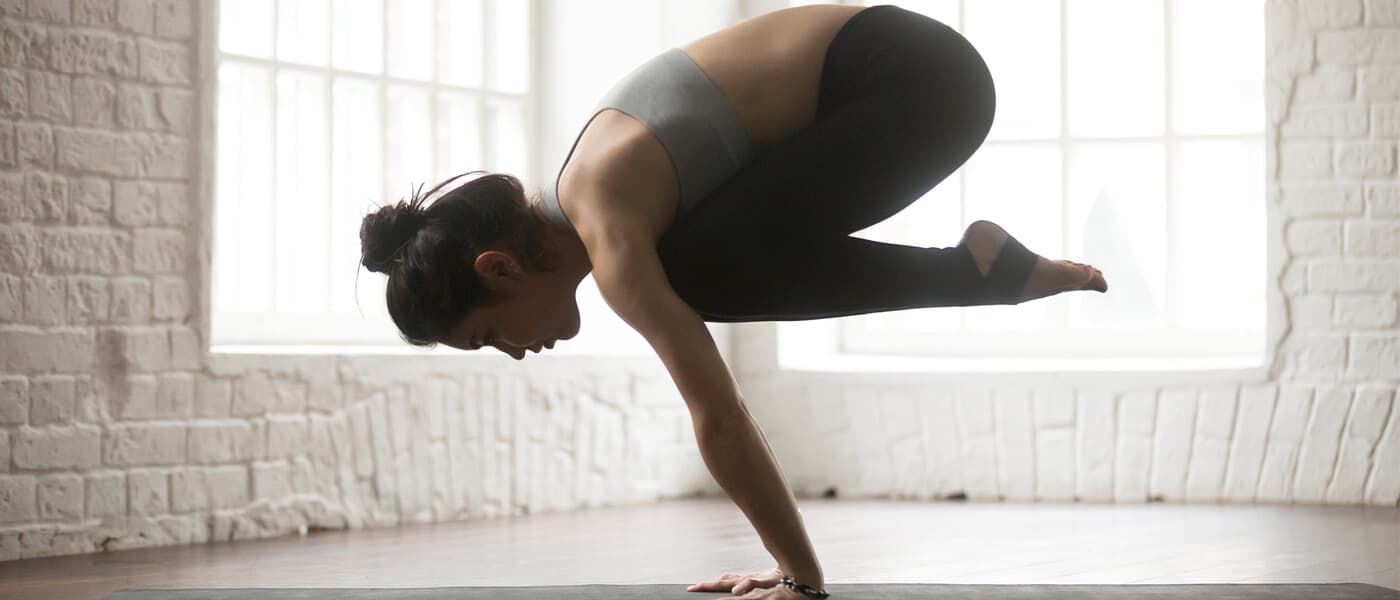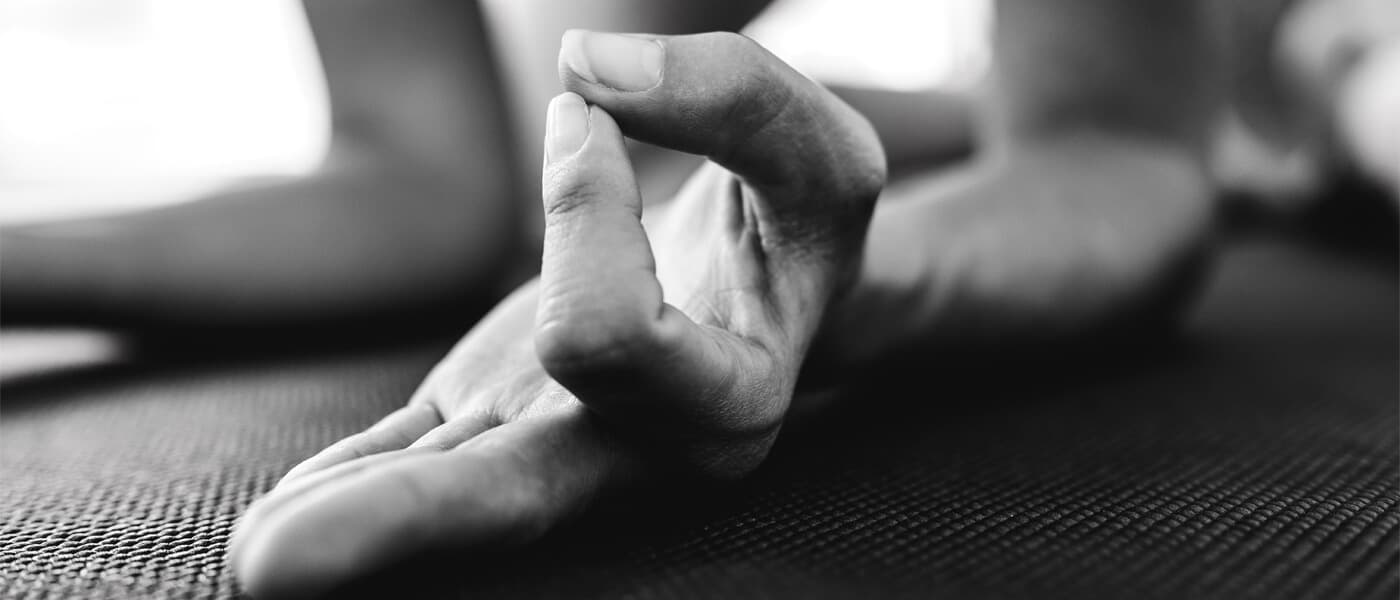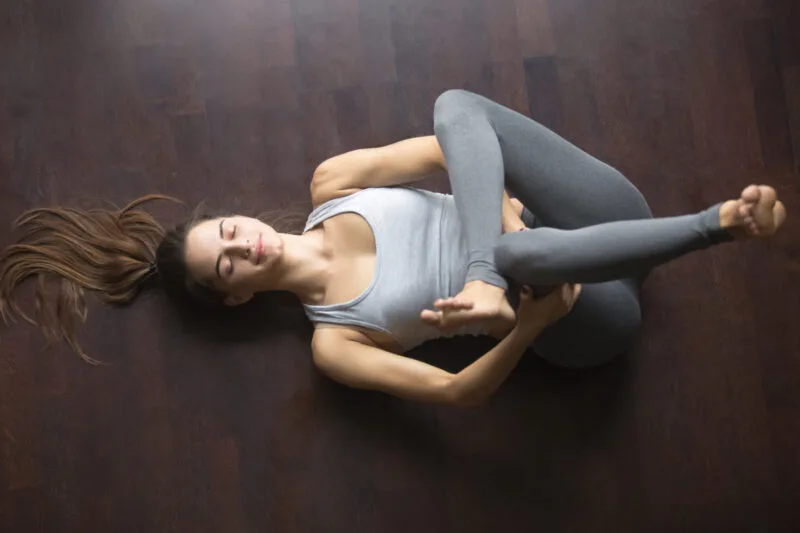Bakasana is not the Crow!

A little while ago I found out that I was regularly mistranslating a yoga pose in my classes. You know what crow pose is, don’t you? Everyone knows what crow is. If you did a search for “‘crow pose yoga,’ you would find Bakasana – the arm balance where your knees rest on your upper arms.
That’s what I thought too, but as it turns out, despite perhaps seeing myself as having a better grip on Sanskrit than the average yoga teacher, I was translating quite a few Sanskrit words incorrectly – so now I’m spreading the word.
Crane pose kakasana and not crow pose to be precise.
First things first
If you haven’t googled it already to make sure, why not check the translation of Bakasana using an online Sanskrit dictionary? (Hint: it is generally better to enter just the first part of the word such as ‘ Baka’ and leave off the asana bit). That’s right – it’s the crane.
This posture gets its name from the Sanskrit word ‘Baka’ which means (you guessed it) ‘crane’ and is thought to resemble a crane wading in the water.
The pose is said to have many benefits, such as strengthening the arms, wrists, and abdominal muscles, opening the groin, stretching the upper back, and encouraging mental and emotional balance.
It’s a common confusion
Don’t worry– no need to have a meltdown if you got it wrong too. There is a lot of confusion out there! YogaJournal.com even includes ‘crow’ in brackets when translating Bakasana, most likely because it has become so widely accepted.
Some sources suggest that Bakasana refers to a (perhaps more advanced) version of the posture with straight arms, whereas Kakasana refers to a version with bent arms. There is a great image on pinterest that clearly shows the difference between the two.
Regardless, ‘Baka’ definitely translates as crane, and kaka does indeed translate as the crow.
Maybe the source of the confusion is different terminology in different yoga traditions. In Iyengar yoga and the Ashtanga Vinyasa tradition, the posture is known as Baka Sana (generally translated correctly as a crane), but in the Sivananda tradition, it is known as Kakasana, even if the arms are straight.
In Sivananda and Satyananda yoga, Bakasana is a different posture altogether – a standing one-legged forward bend.
A little Sanskrit knowledge can’t hurt
Some people might ask, why bother learning Sanskrit at all? Well, I think there are many reasons, but most importantly for me, it is a mark of respect.
You wouldn’t study horticulture without learning the Latin, or music without learning Italian. It’s the universal language of yoga. If nothing else it is really helpful when teaching students for whom your first language is not theirs.
And when you say or think the Sanskrit name in a posture, it’s as if something clicks into place – a little like finding the right micro-bend in your knee or position for your neck. It’s a lovely feeling.
If you’re like me and don’t like making mistakes, it might help to remember that yoga teaches us to be humble and to seek the truth. To acknowledge and accept when we are wrong and to learn to love our imperfections – and those of others.
Anyone who has been practicing or teaching for a while can no doubt look back on early practices and acknowledge a few wrongs. My sincere apologies to any students to whom I have taught the incorrect translation.
In conclusion
Yoga is a journey – we’re always learning and revising. That’s what makes it so wonderful. And if you already knew it was the crane, then do spread the word! I believe it’s important to inform others gently and kindly when the time is right – just as we would want to be corrected when learning a new language or yoga posture.
Common usage often overrides what is correct, but I want to show as much respect as possible for this beautiful and very old language.
Spread the word yogis and yoginis – it’s the crane!
You might also like this: Bakasana and Parsva Bakasana | Crow and side Crow




